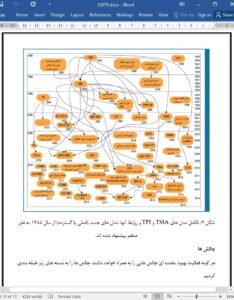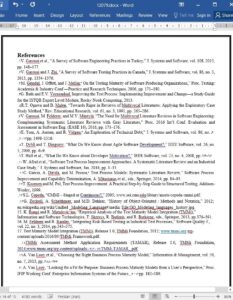A review of the scientific literature and practitioners’ gray literature identified 58 test maturity models and many sources with varying degrees of empirical evidence. Using this knowledge, researchers and practitioners should be able to assess and improve test process maturity
THE EFFICIENCY AND effectiveness of software testing practices vary among companies and software teams. Some companies conduct efficient, effective software development and testing that produce high-quality software. Unfortunately, however, many companies’ testing practices are far from mature and are usually conducted in an ad hoc fashion.1–3 Such immature practices lead to negative outcomes—for example, testing that doesn’t detect all the defects or that incurs cost and schedule overruns.
To determine the efficiency, effectiveness, and quality of testing practices, companies and software teams often perform test maturity assessment (TMA).4 As a follow-up, test engineers and managers often perform test process improvement (TPI). To conduct TMA and TPI systematically, researchers and practitioners have proposed various approaches and frameworks, such as the approaches described in the recent book Improving the Test Process: Implementing Improvement and Change. 4 This book forms the basis for the International Software Testing Qualifications Board (ISTQB) expert-level certification on TPI.











